SGGPO
“To improve the rice value chain and reduce carbon emissions, we need to have synchronous solutions in managing and using straw to thoroughly handle the problem of burning straw in the fields,” said Mr. Truong Canh Tuyen, Vice Chairman of Hau Giang Provincial People's Committee.
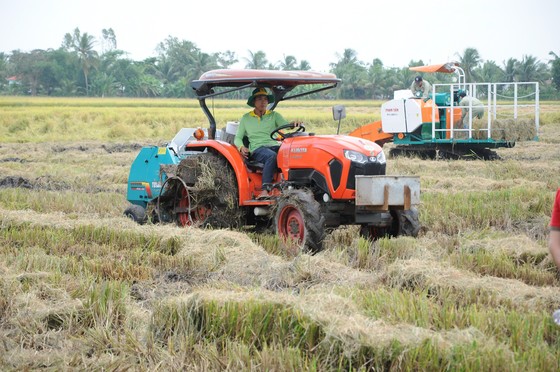 |
| Straw rolling machine |
On July 14, in Hau Giang, the Department of Crop Production (Ministry of Agriculture and Rural Development), the International Rice Research Institute (IRRI) and the Department of Agriculture and Rural Development of Hau Giang jointly organized a field demonstration event on technology for collecting, processing and using sustainable straw.
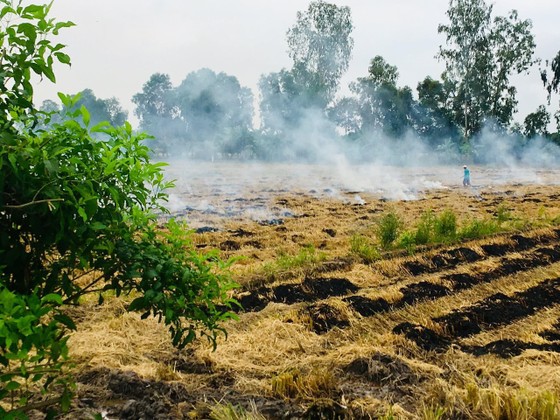 |
Currently, after harvesting rice, the situation of farmers in the West burning straw in the fields is still quite common. |
The event aims to introduce mechanization in post-harvest straw collection and straw processing technologies to create green and low-emission products.
According to IRRI, of the approximately 47 million tons of straw produced each year, only about 20% is collected and used for the purpose of making straw mushrooms, animal feed, fruit transportation pads, etc.; the majority of the remainder is mainly burned in the fields or buried in the fields (currently, Vietnam burns approximately 20 million tons of straw each year).
The above problems can be solved through a circular economy solution based on straw, collecting straw from the field and using it to produce products such as straw mushrooms, cow feed, biofertilizers, bioplastics and urban agriculture... to maximize the circulation of raw materials in production, all of which can be genuine products in agricultural production.
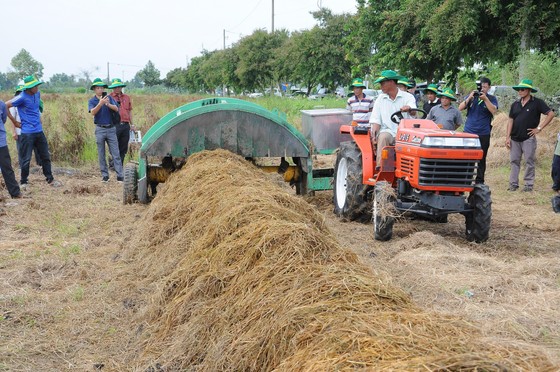 |
Straw mixer for making organic fertilizer demonstrated in Vi Thuy district, Hau Giang province |
“To improve the rice value chain and reduce carbon emissions, we need to have synchronous solutions in the management and use of straw to thoroughly handle the problem of burning straw in the fields. This is also an issue that the agricultural sector in many localities in the Mekong Delta is concerned about when participating in contributing ideas to build the Project for sustainable development of 1 million hectares of high-quality rice associated with green growth in the Mekong Delta”, said Mr. Truong Canh Tuyen, Vice Chairman of the People's Committee of Hau Giang province.
Deputy Minister of Agriculture and Rural Development Tran Thanh Nam said that agricultural by-products are a resource that needs to be promoted to increase value, helping people increase their income. Currently, Vietnam's rice production reaches about 42 million tons/year, equivalent to the amount of straw released into the environment of over 40 million tons, of which the Mekong Delta accounts for more than half, this huge amount of straw needs to create added value beyond rice grains.
Recently, IRRI has coordinated with the Ministry of Agriculture and Rural Development and relevant partners to deploy technological solutions to transform high-quality and low-emission rice for Vietnam, organize field demonstration events on precision sowing mechanization, technologies and equipment supporting circular agriculture such as mechanized collection of dry and wet straw, production of organic fertilizer from straw, etc.
Source



![[Photo] Prime Minister Pham Minh Chinh receives Mr. Jefferey Perlman, CEO of Warburg Pincus Group (USA)](https://vstatic.vietnam.vn/vietnam/resource/IMAGE/2025/4/18/c37781eeb50342f09d8fe6841db2426c)




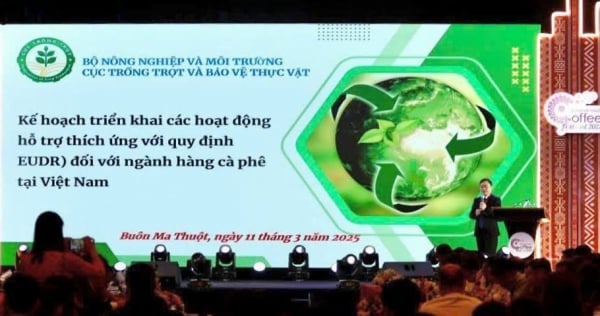

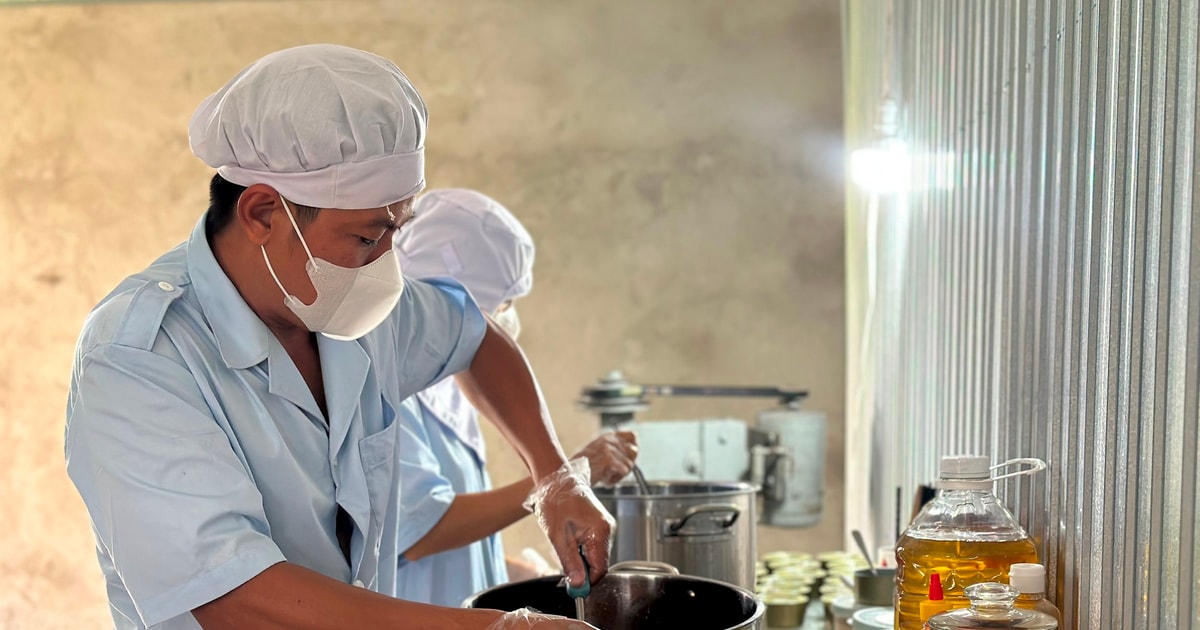

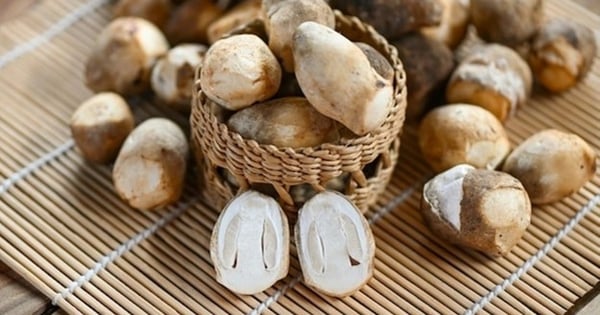

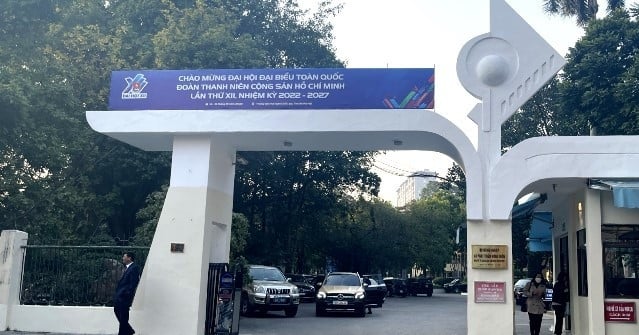

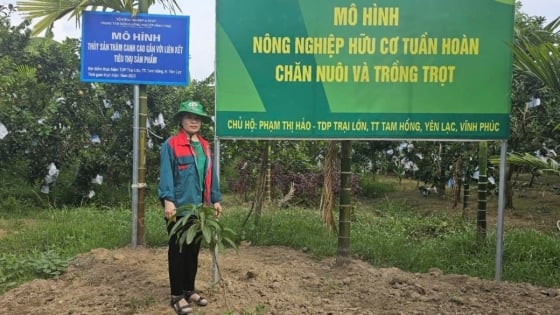

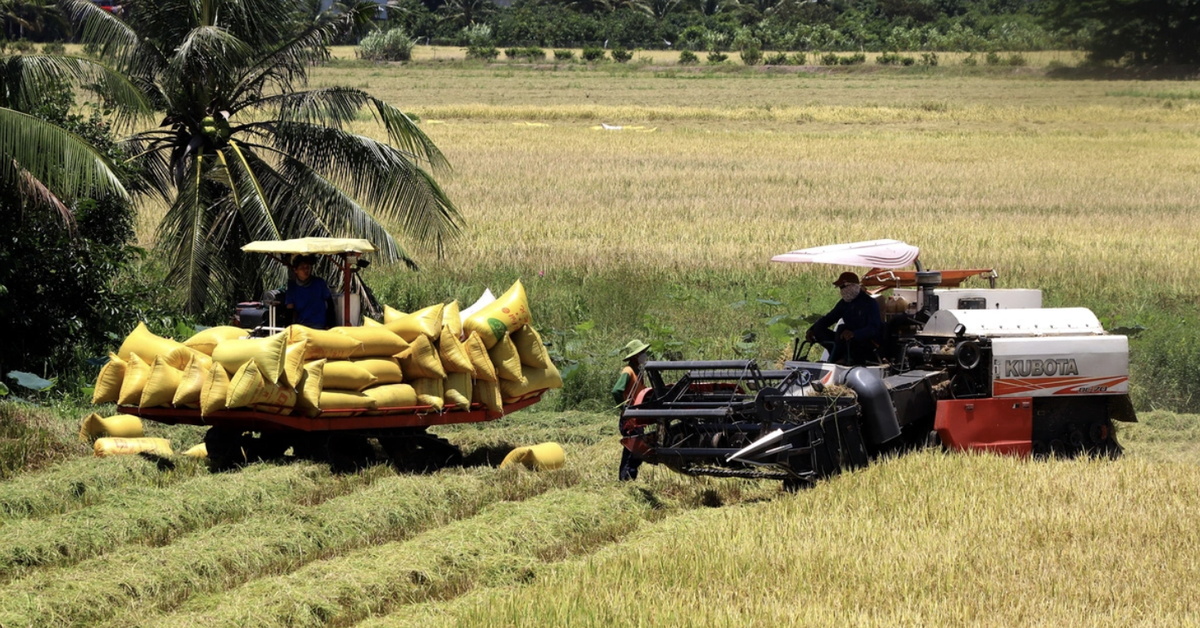






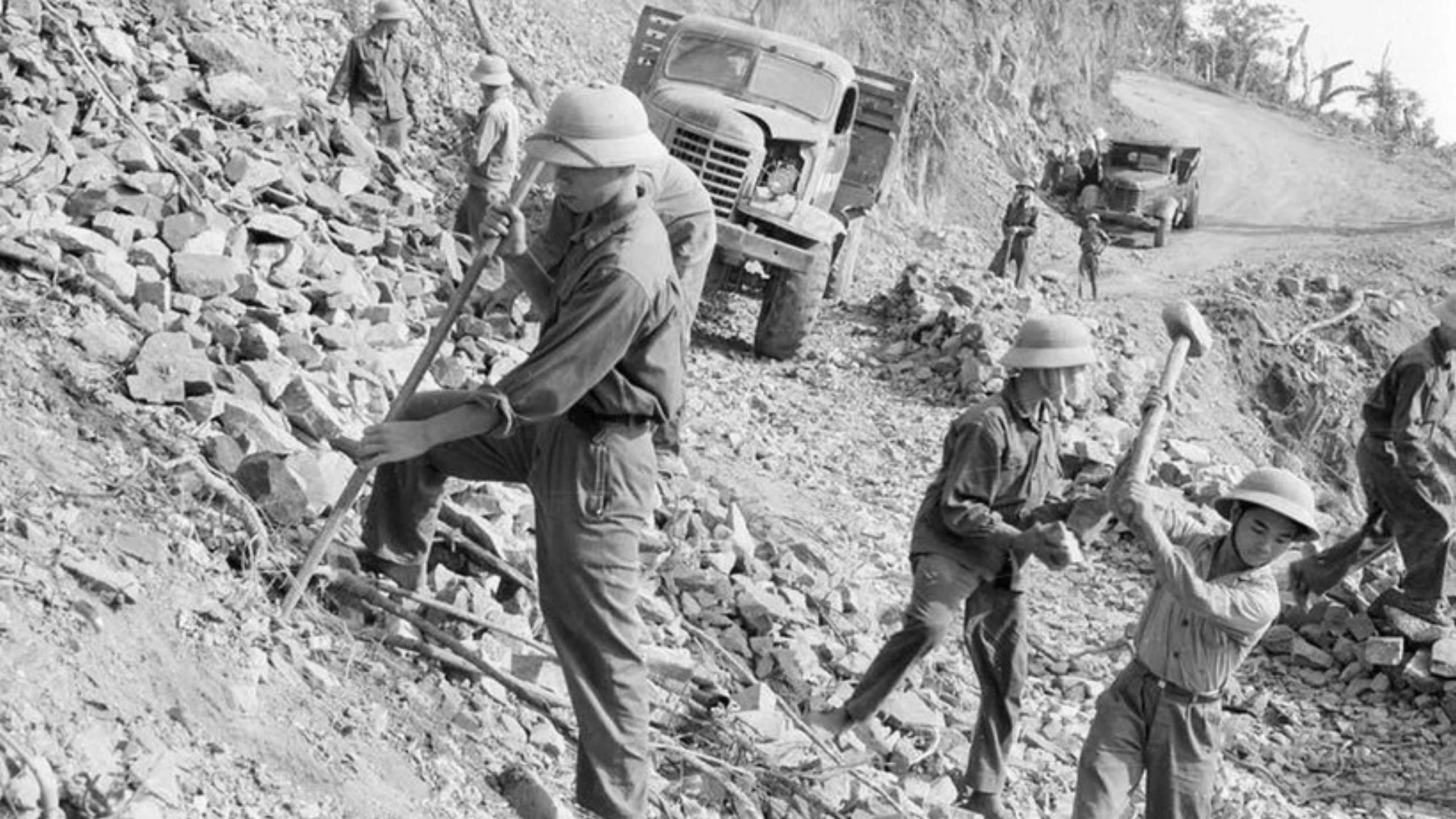













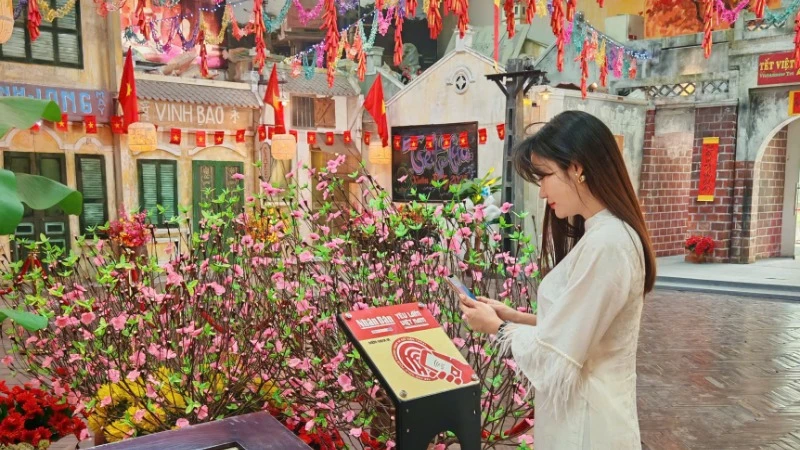

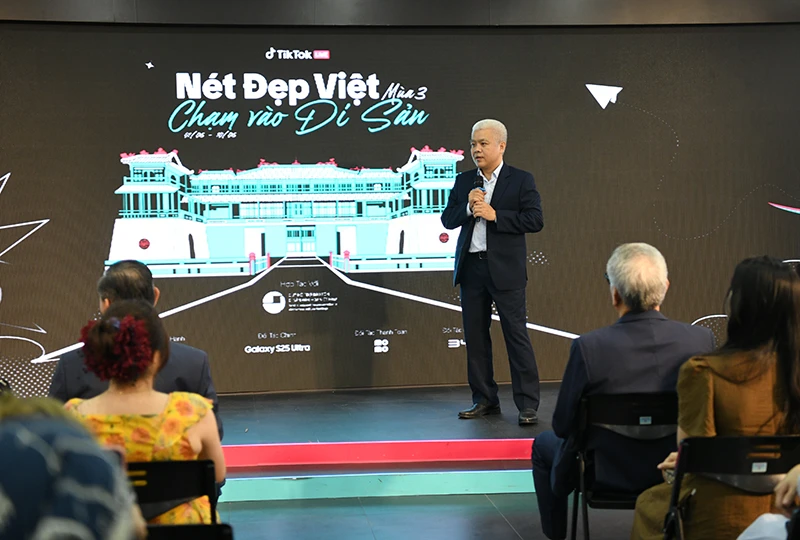












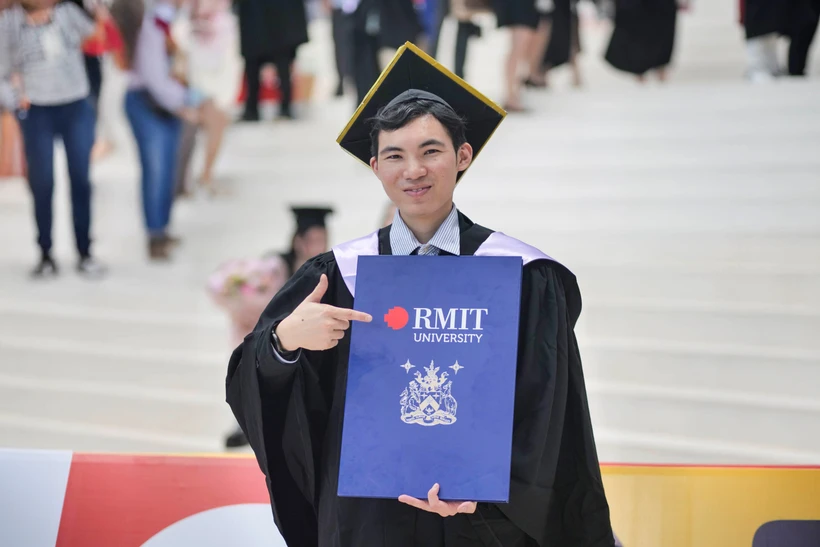


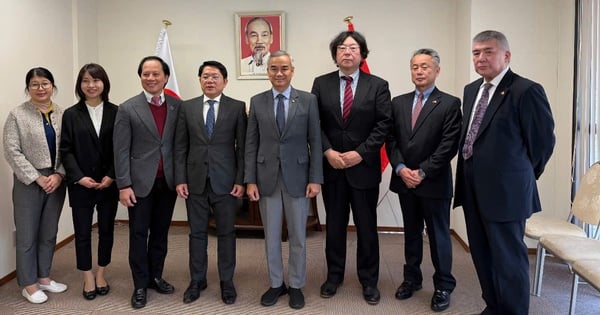

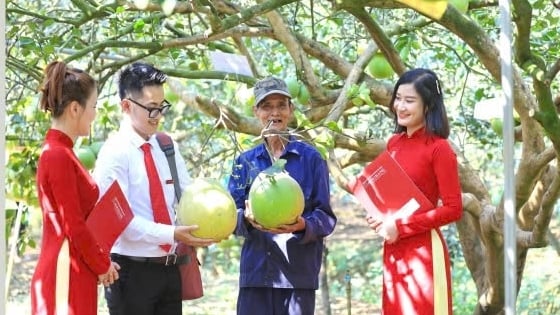


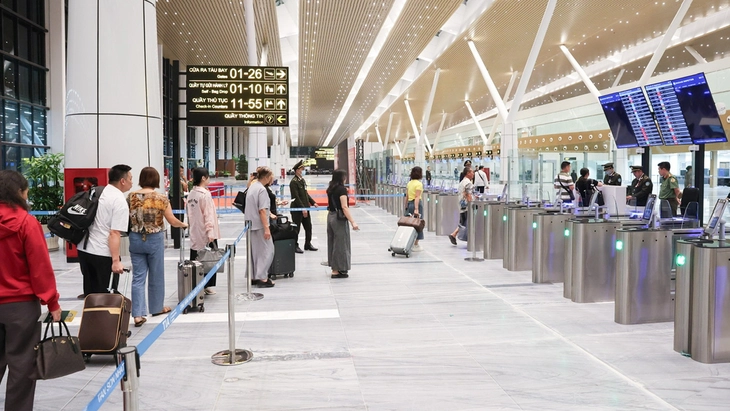
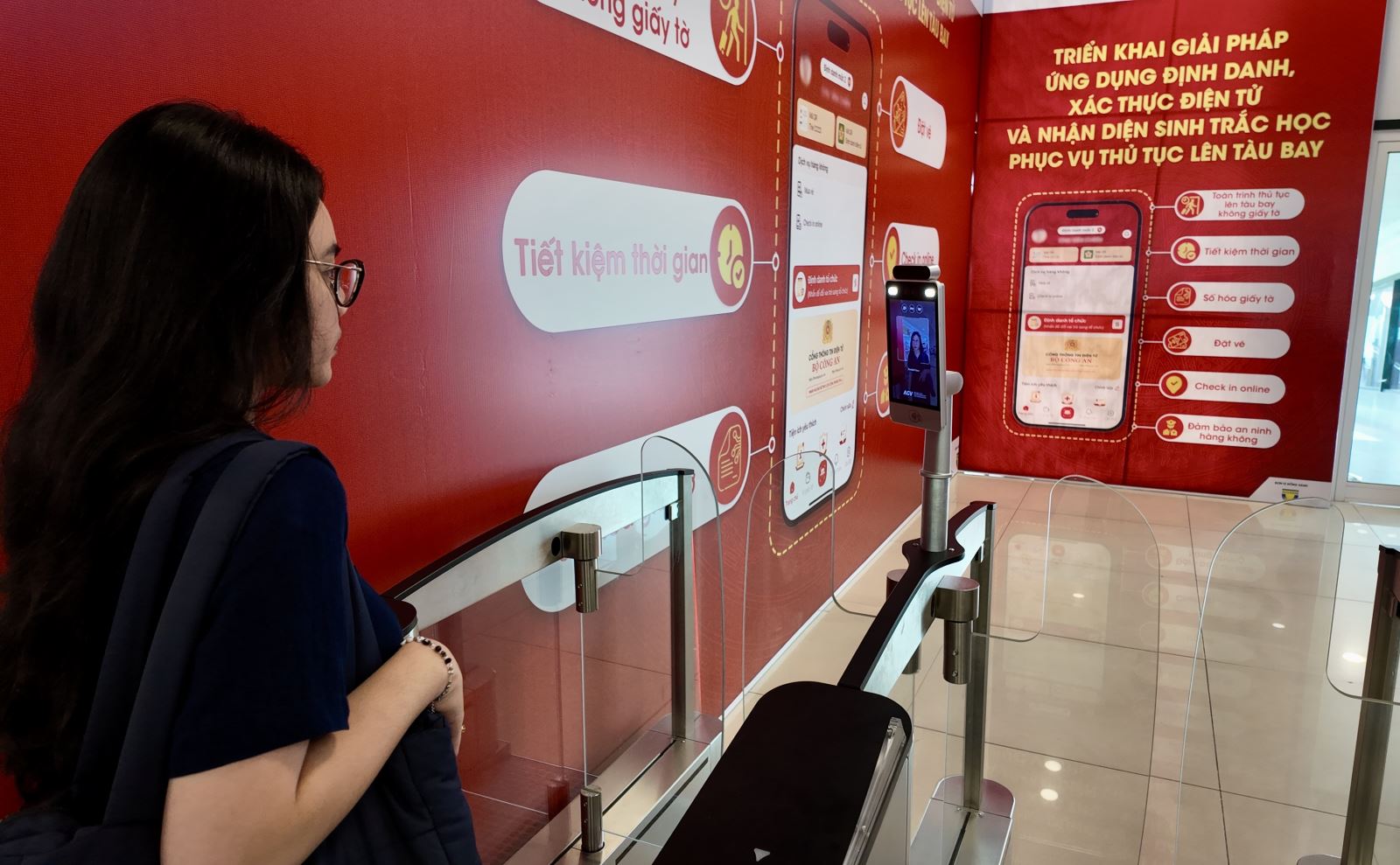



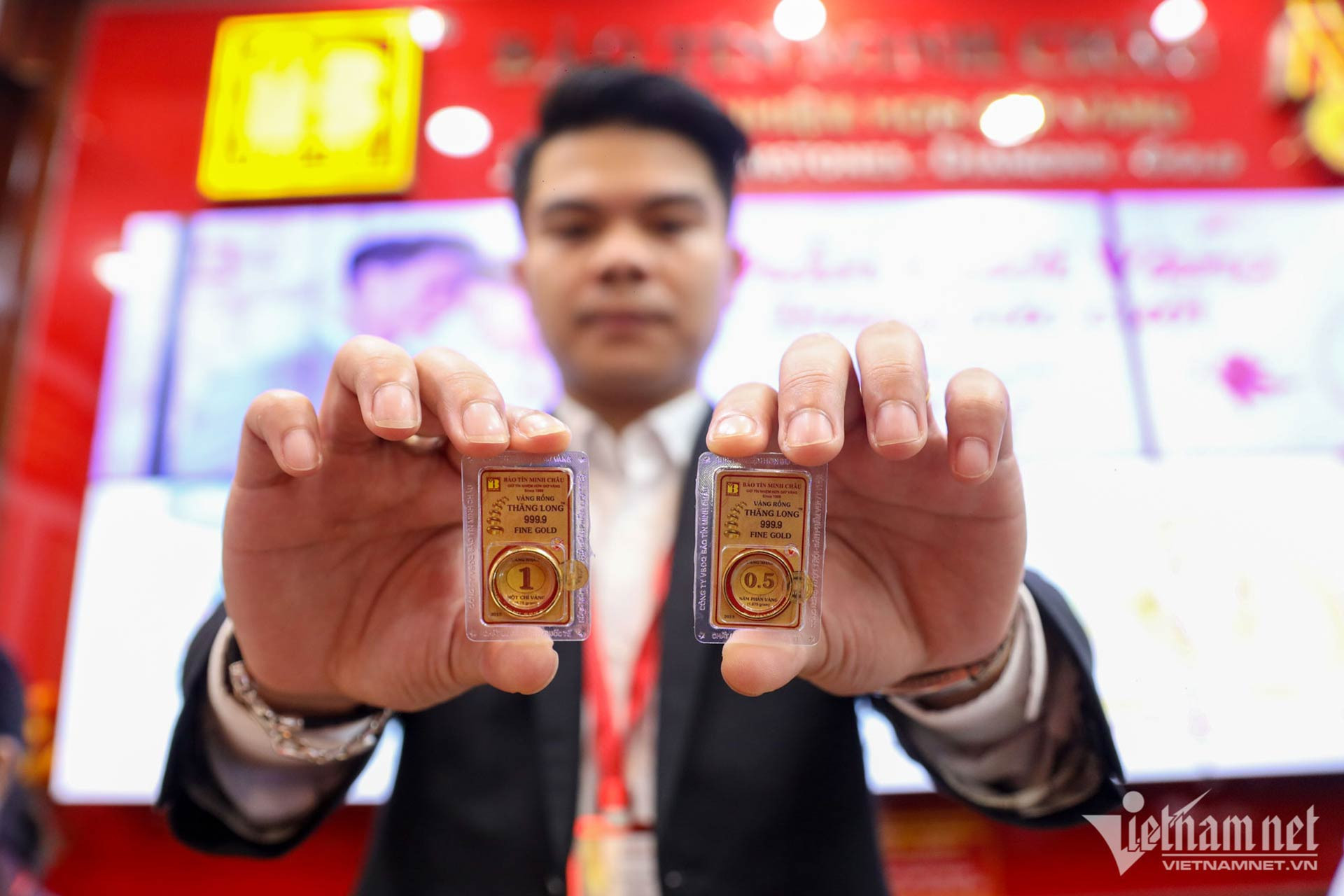




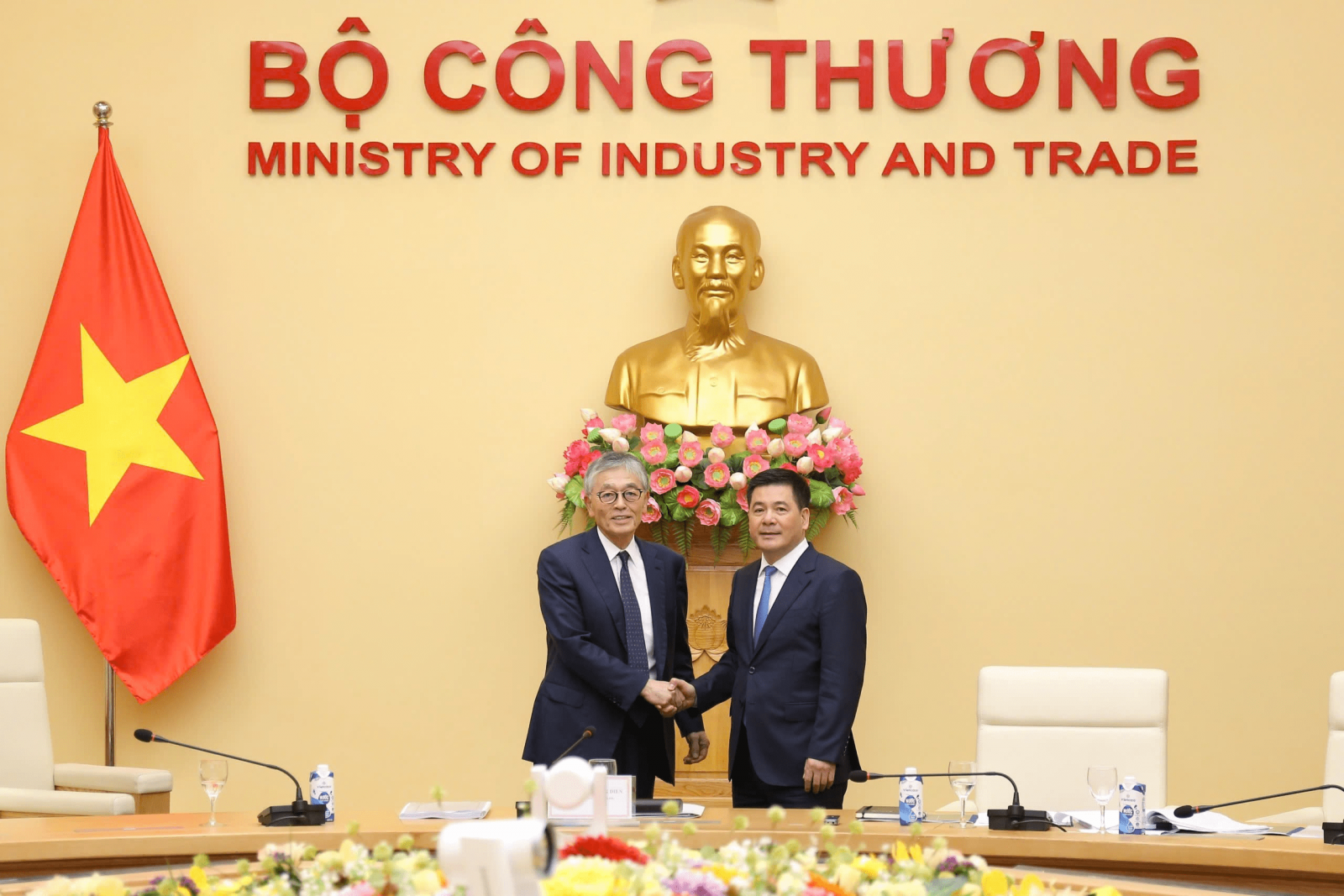

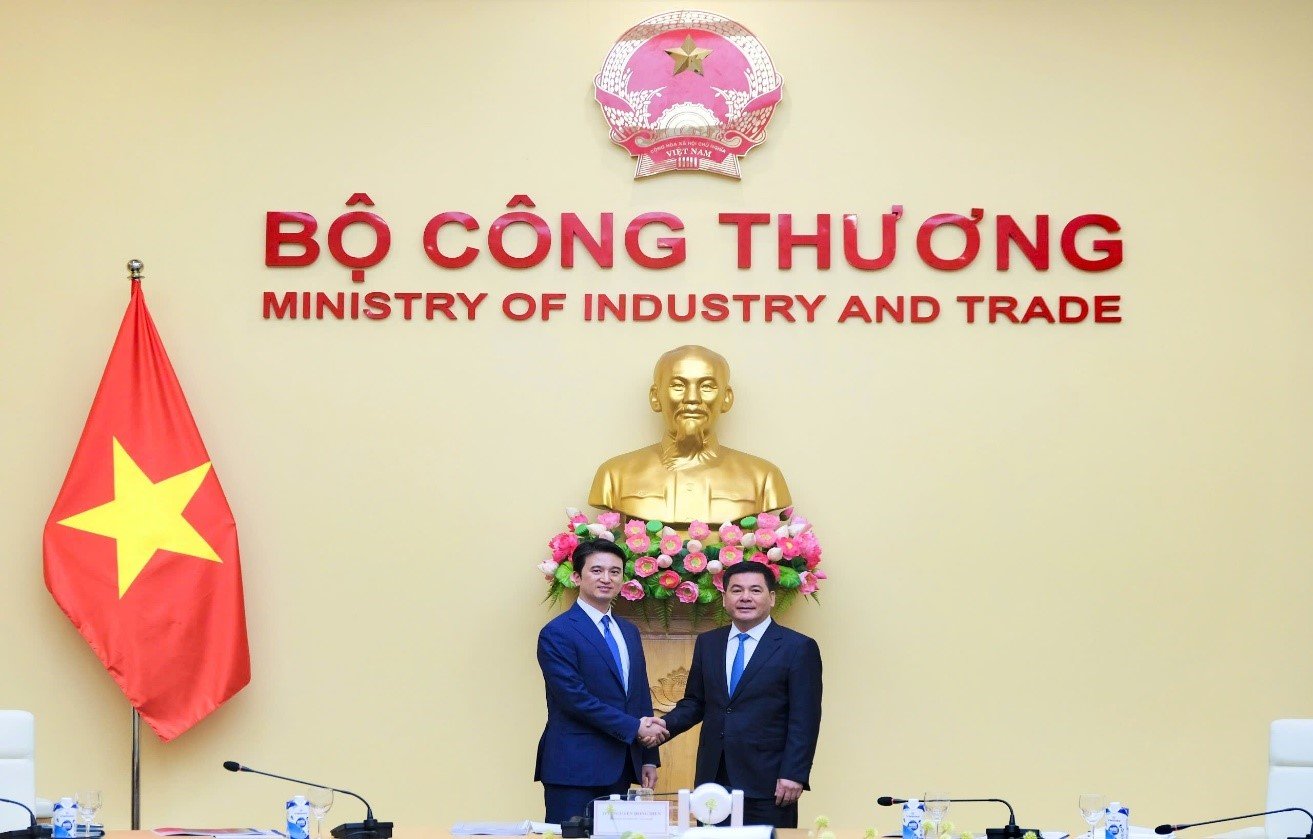
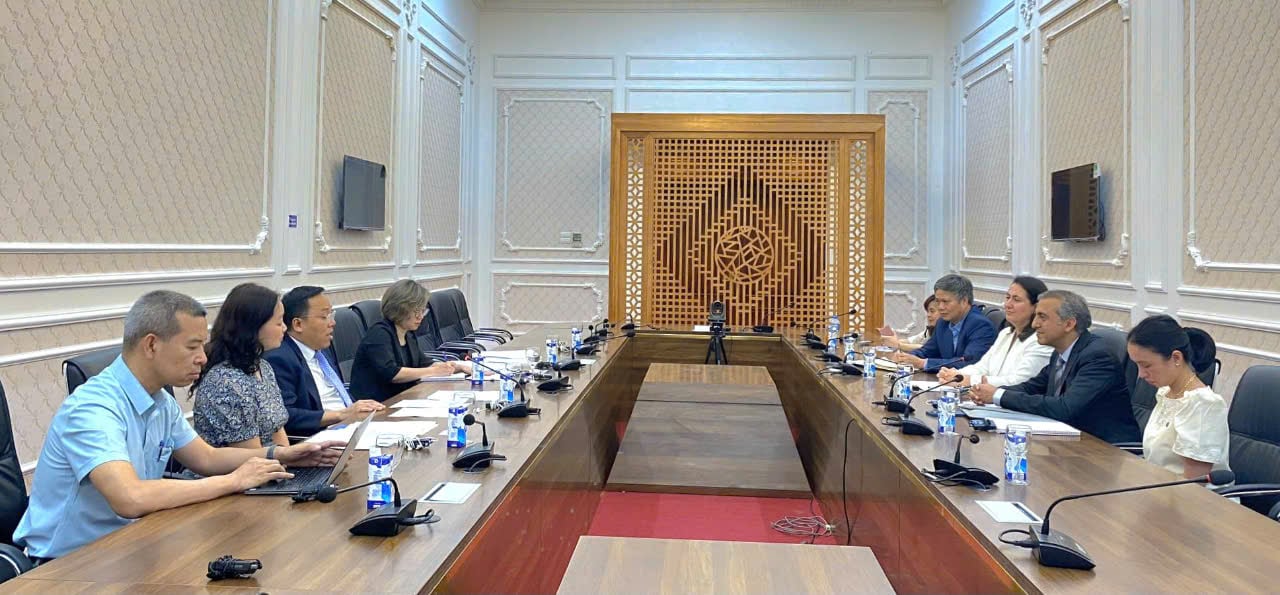
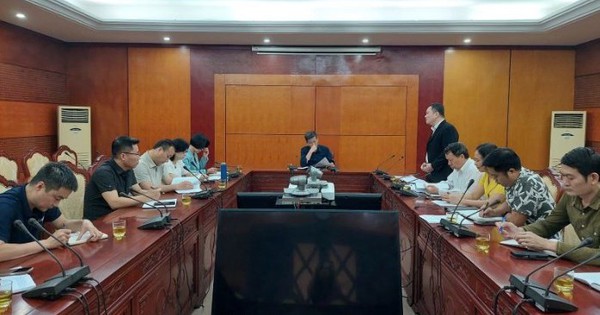



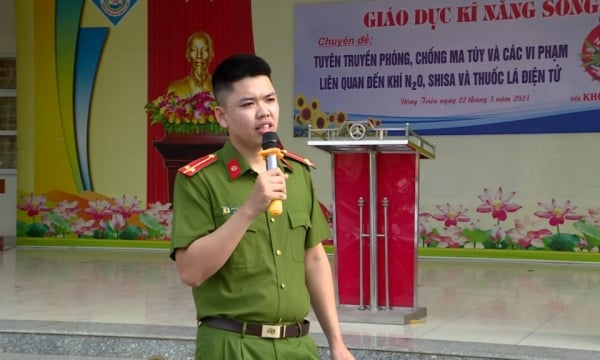
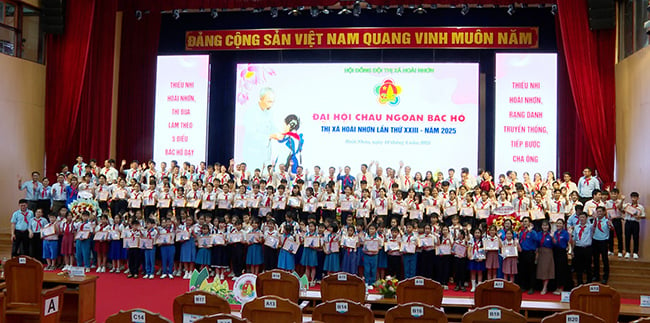
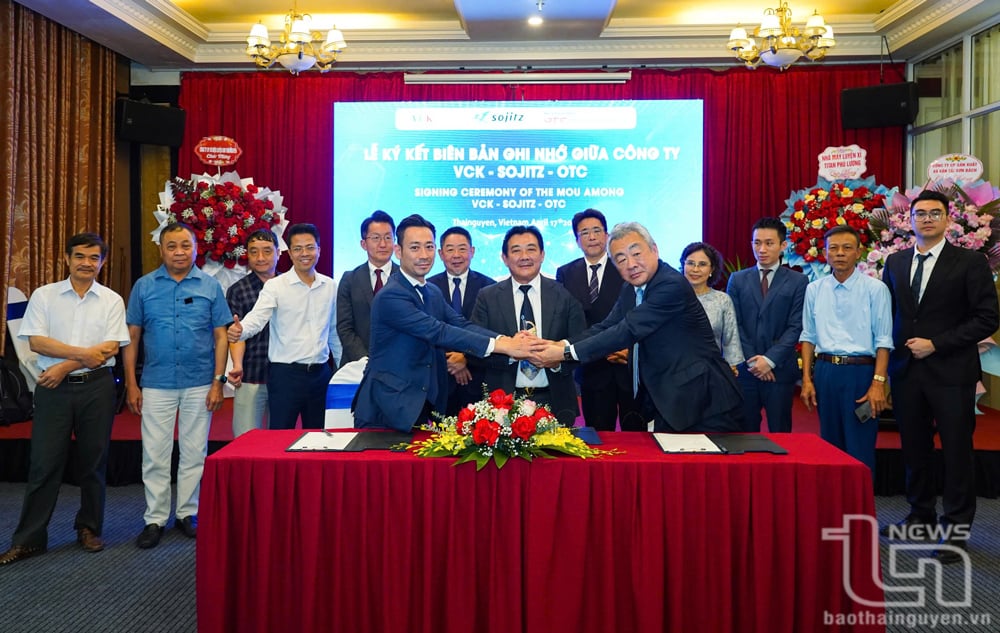

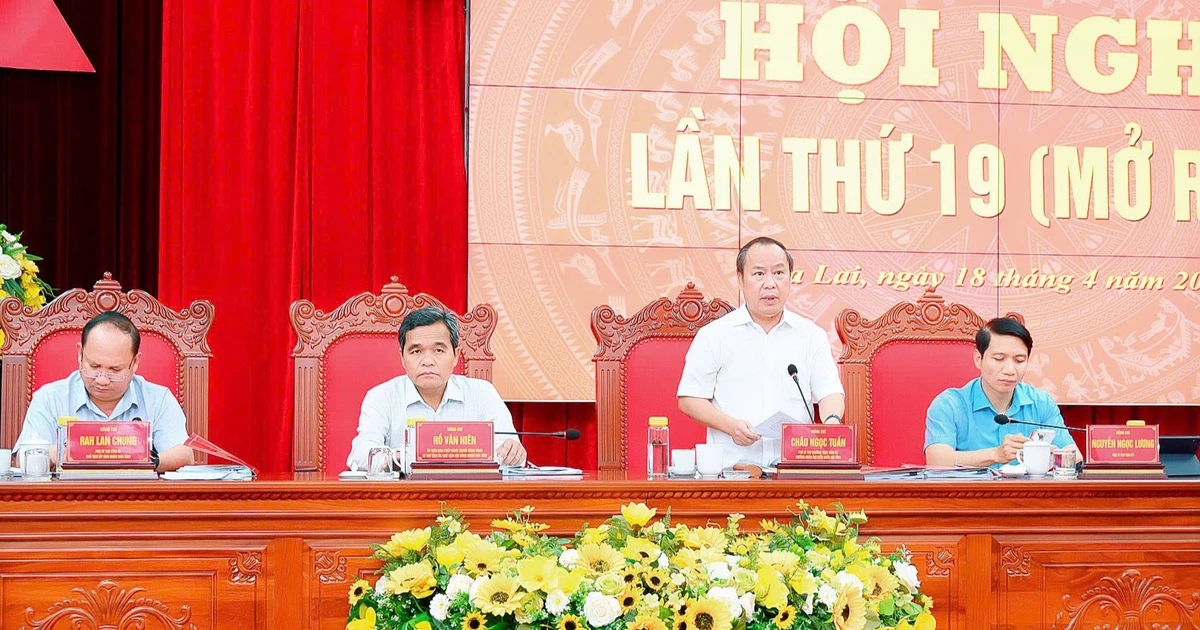

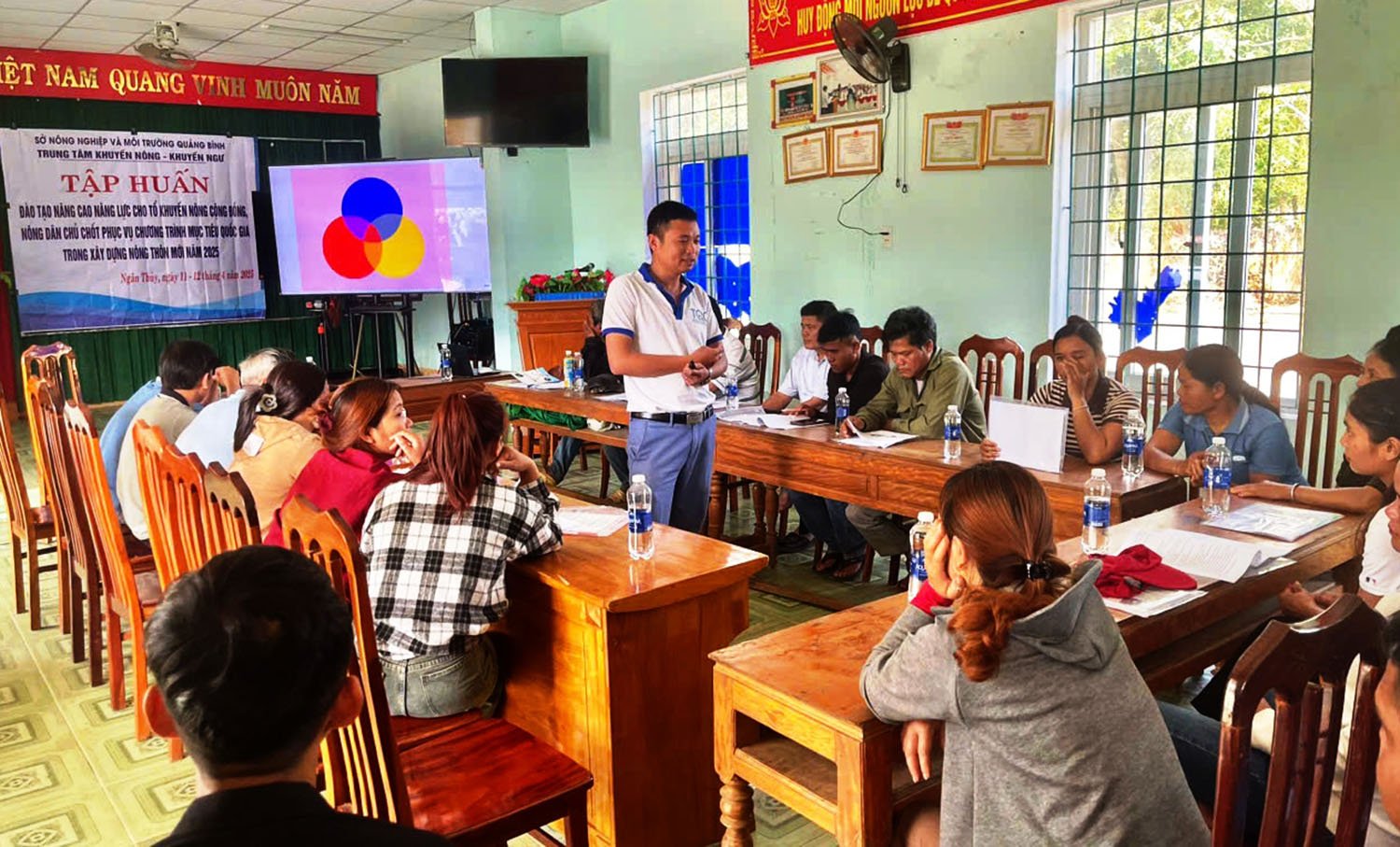

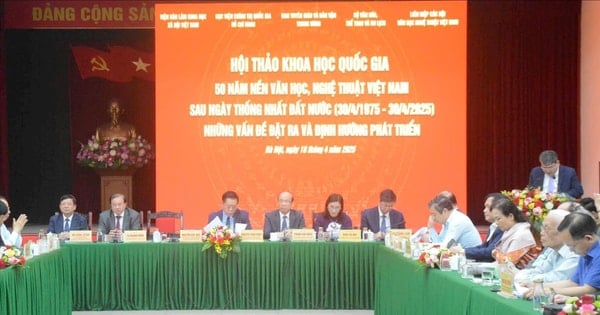

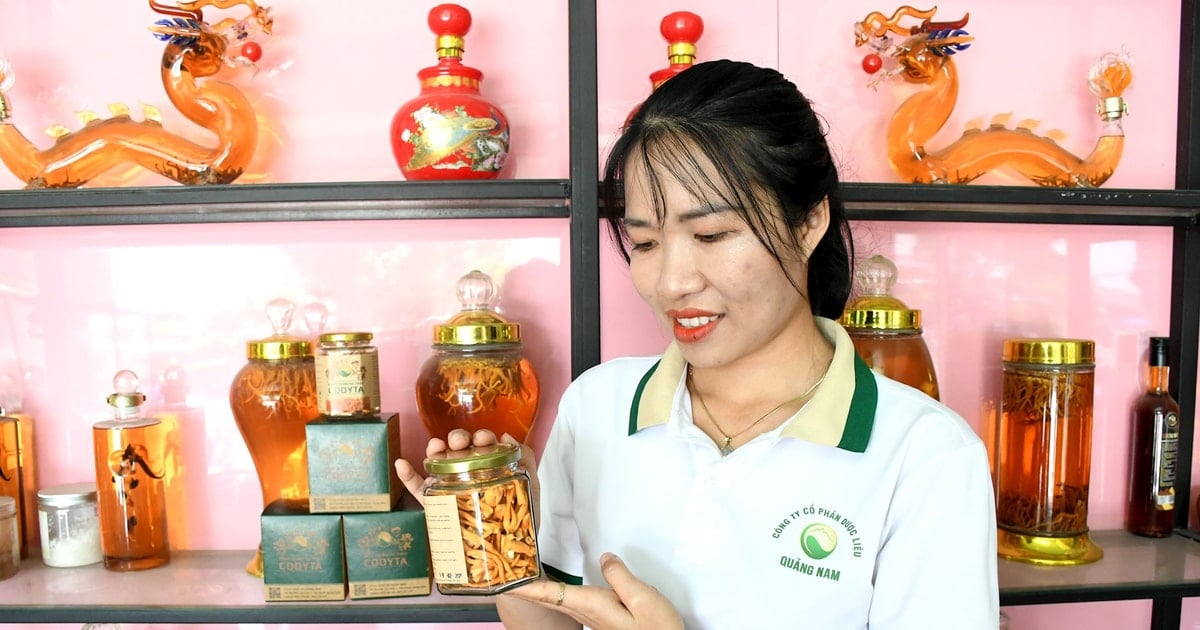


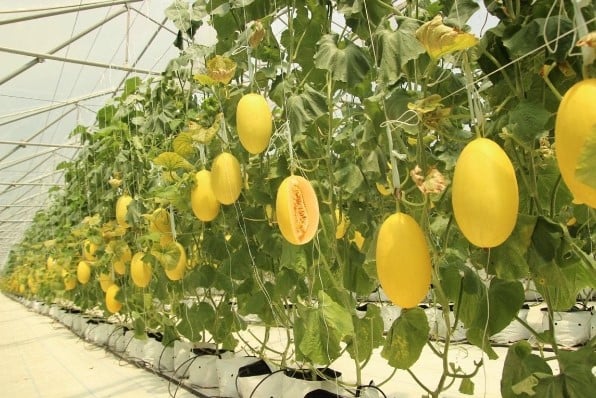
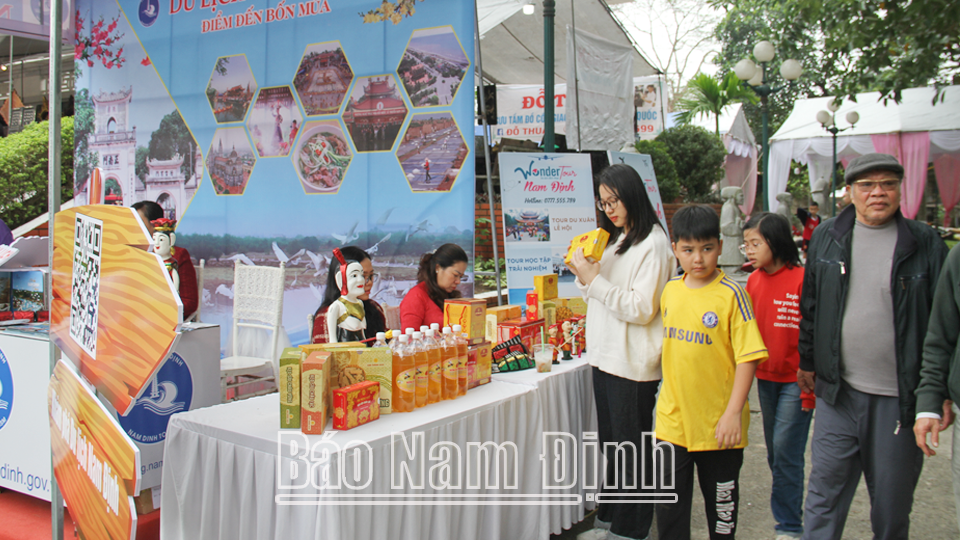


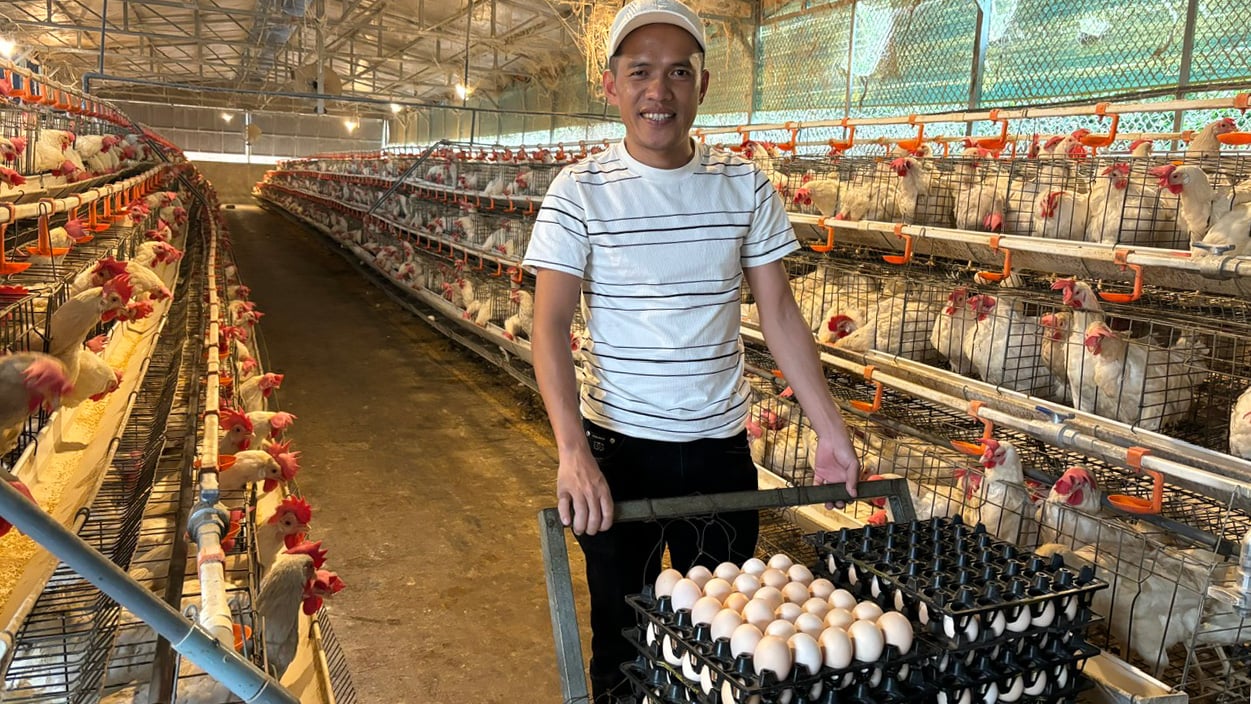

Comment (0)